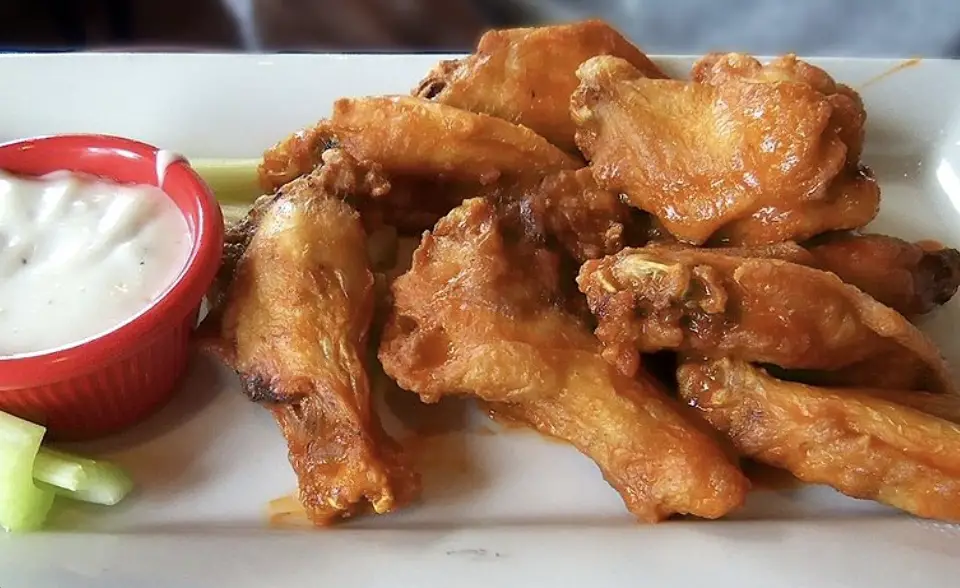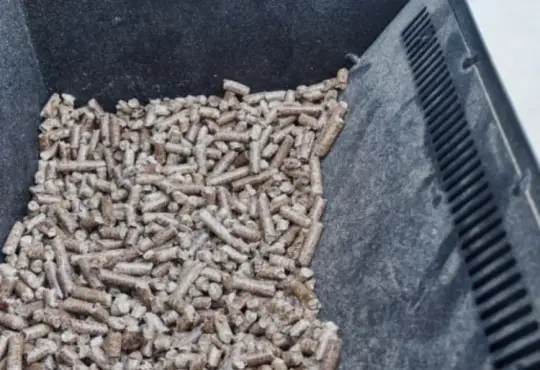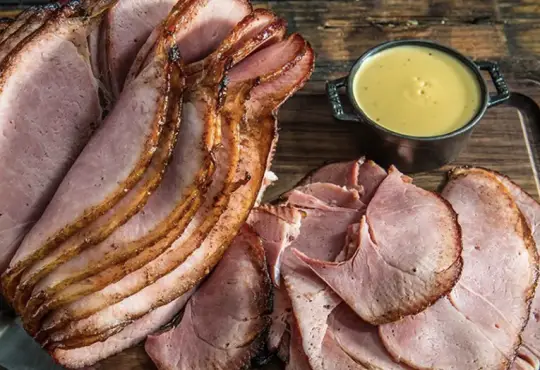
Unveiling the Mystery of Hair on Chicken Wings: Causes and Care Tips
Chicken wings are a beloved delicacy enjoyed by many, whether at parties, gatherings, or restaurants. However, encountering hair on chicken wings can be quite unsettling and raise questions about its origin and safety. In this blog post, we’ll explore why hair can sometimes be found on chicken wings and provide valuable insights on how to handle and prevent such occurrences.
Why is There Hair on Chicken Wings? The presence of hair on chicken wings can be attributed to the natural anatomy of the chicken. Chickens have feathers, and as a result, they also have tiny hair-like structures known as “pin feathers” or “filoplumes.” These pin feathers are present on the skin of the chicken and are usually removed during the feather removal process after slaughter.
However, in some cases, a few pin feathers might escape detection or remain attached to the skin during processing, leading to the occasional appearance of hair-like structures on chicken wings. It’s important to note that these structures are not actual hair, but rather remnants of feathers.
Taking Care of Chicken Wings with Pin Feathers: Encountering pin feathers on chicken wings doesn’t necessarily mean the meat is unsafe to eat. To ensure a safe and enjoyable dining experience, here are some steps you can take:
1. Visual Inspection: Before cooking or serving chicken wings, take a moment to inspect them for any visible pin feathers. If you notice any, consider gently plucking them using clean tweezers.
2. Thorough Cooking: Properly cooking chicken to the recommended internal temperature of 165°F (74°C) effectively kills harmful bacteria and pathogens. Cooking chicken wings thoroughly ensures that any potential contaminants, including remnants of pin feathers, are eliminated.
3. Proper Preparation: Wash your hands, utensils, and cooking surfaces thoroughly before handling chicken wings. This practice helps prevent cross-contamination and maintains food safety standards.
4. Pre-Cooking Steps: If you’re particularly concerned about the presence of pin feathers, you can take pre-cooking steps to ensure their removal. Soaking the wings in cold water and gently rubbing the skin can help dislodge any loose pin feathers.
5. Purchase Quality Chicken: Choosing chicken from reputable sources and retailers that prioritize proper processing and quality control can minimize the chances of encountering pin feathers on chicken wings.
Conclusion: While encountering hair-like structures on chicken wings might be surprising, understanding their origin and taking proper precautions can help ensure a safe and enjoyable dining experience. By inspecting, properly cooking, and preparing chicken wings, you can confidently savor this beloved dish without worrying about the occasional presence of pin feathers. Remember that following food safety guidelines and sourcing quality chicken are key factors in guaranteeing the best possible dining experience.






